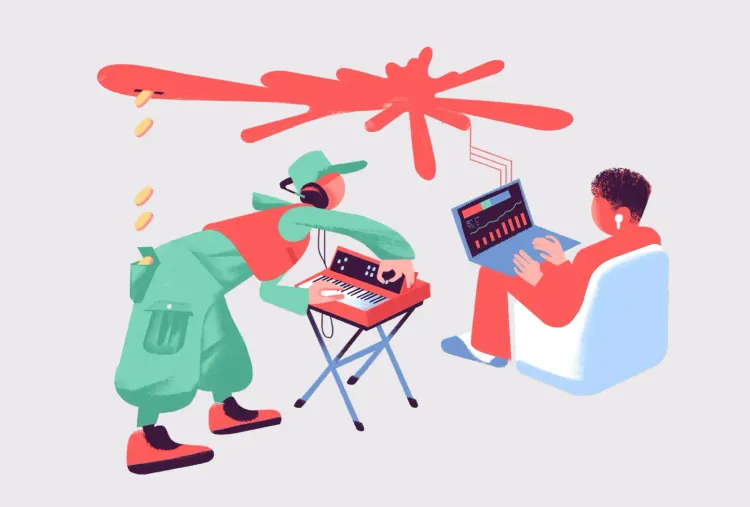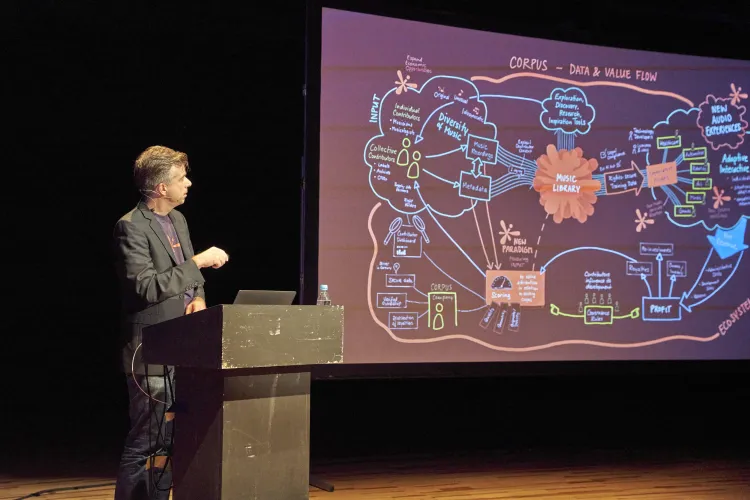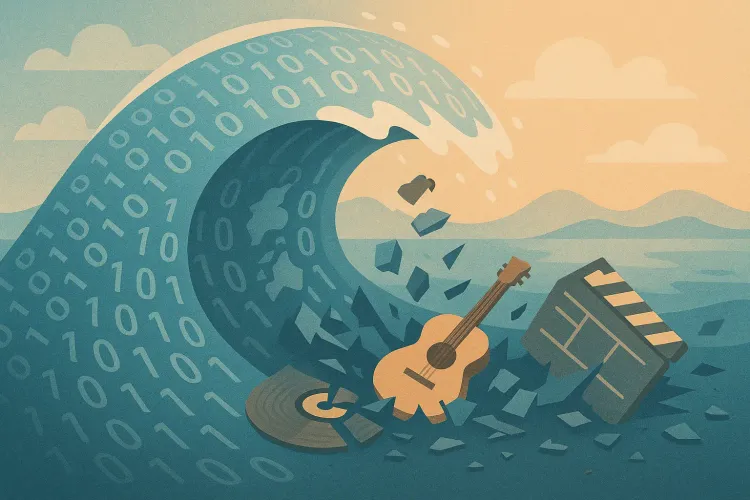Why We Still Need to keep making Music in the Age of AI

In this guest article, Kasia Głowicka explores why the struggle of creation, the act of shaping, and human intention remain irreplaceable by algorithms. Kasia Głowicka is a Polish-Dutch composer whose work spans film, opera, electroacoustic music, and multimedia projects. (glowicka.com) She combines classical training with electronic innovation, and her compositions are marked by a strong sense of space, timbre, and atmospheric depth.
It was 2001 when my heart shattered into thousands of pieces by a bad breakup. The timing wasn’t great – it was almost the end of the year, and I still needed to go thru a series of exams at school. I remember sitting in an exam hall, tears streaming down my face as I tried to focus on the questions on the paper and trying to not soak it up. The pain was so raw, so consuming, that it felt like it might burn a hole in my stomach.
What happened afterwards was a sudden, intense surge of inspiration. For two weeks, I barely ate, barely slept and barely took showers. Instead, I poured everything onto making music. And although not without its struggles, the satisfaction was profound. And when a complete piece emerged two weeks later, I was exhausted, I needed to take a bath and sleep long but I felt also elated from my heart break. It was much more manageable. I felt empowered.
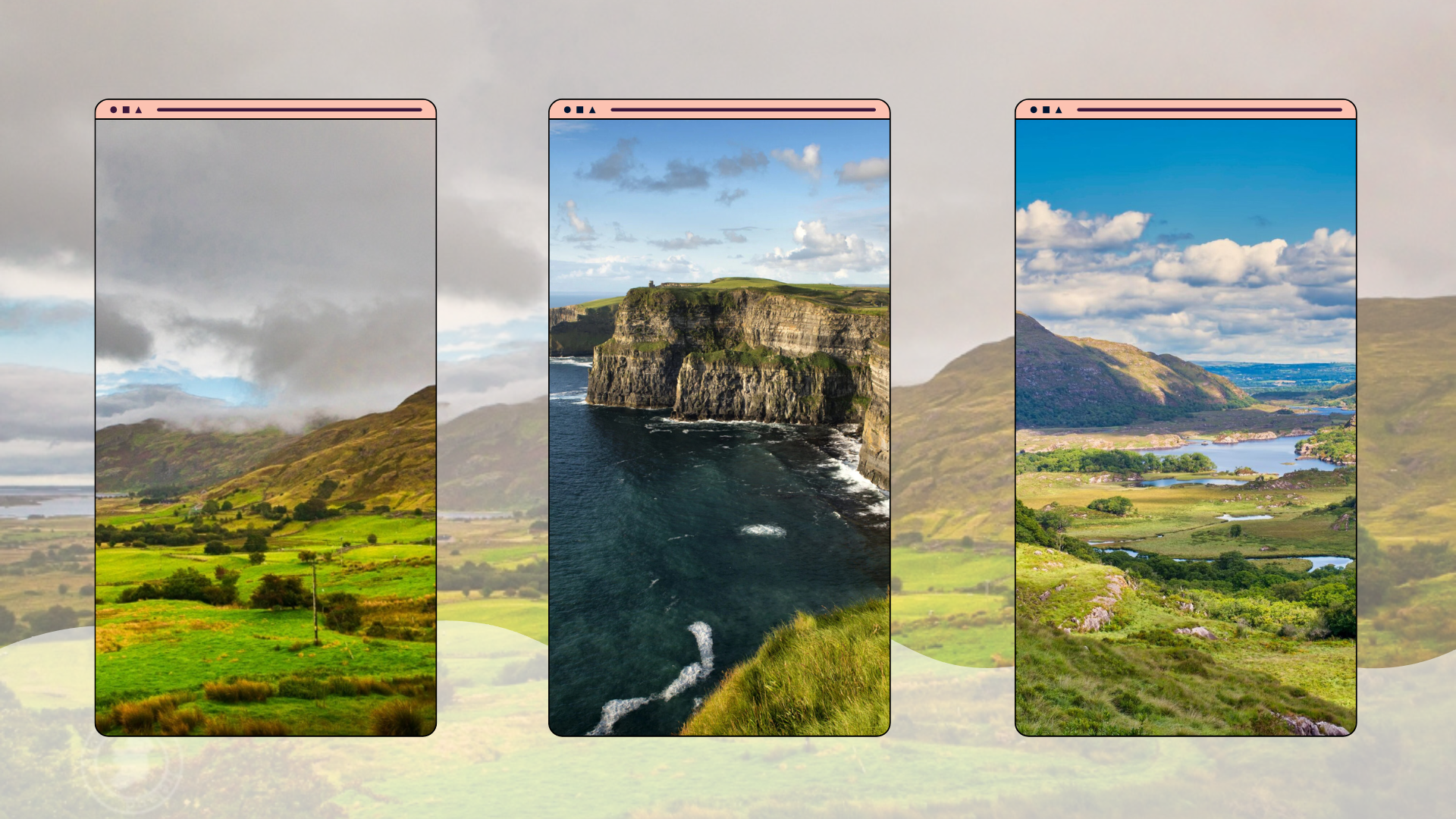
Years later, I found myself in a similar state of creative frenzy. My boyfriend was away for the month, and, inspired by surrounding magnificent Irish landscapes, I seized the solitude to write a complex electronic piece. The idea consumed me entirely: I wanted to create the feeling of drowning through sound, to make an audience experience that spacious, overwhelming sensation through carefully orchestrated electronic textures – much like the green landscape around me. It was complicated, exhausting, and utterly necessary. After the piece emerged and I tried it in the multichannel studio, and although it was not exactly what I imagined, it came close to it. For the next following year, I revisited the piece making several versions of it, until I was satisfied with the result.
In both accounts, the creative process was either all-consuming or lenghtly. Today, as AI tools like Suno or AVIA can generate a decent song in seconds, that struggle might seem pointless.
Why endure the messy, time-consuming frustration of human creativity when a machine can do it within few clicks of a keyboard?
The science of creative struggle
Ask any creative person about their process, and you'll hear the same paradox: it's simultaneously torturous and addictive. Many describe pushing through moments of despair so intense they consider giving up entirely, only to experience profound satisfaction when a piece finally clicks into place. This isn't masochism – it's something deeper. The struggle itself becomes strangely pleasurable; a kind of creative flow state were frustration and elation dance together. This points to something fundamental about how our brains are wired for creative challenge. The very difficulty that makes us want to quit is also what makes the eventual breakthrough so deeply rewarding. It's a reminder that some of life's most meaningful experiences can't be separated from the struggle required to reach them.
In the recent years science has shown us first insights into why this perception would be accurate. Discoveries confirm that these states of deep creative engagement are profoundly beneficial for our mental health, our brain, emotions, self-efficacy (a psychological term for the belief in one’s ability to complete tasks—crucial for skills such as leadership) and our ability to process complex emotions. When we create, we're not just making art; we're engaging in a form of emotional archaeology, digging up abstract representations of feelings and experiences. This neurological state allows for the kind of emotional expression that is not common in our routine daily lives.
Why the process matters more than the product
In 1961 American educational scientist Mel Rhodes published research on the definition and the elements of creativity. He called it the "4 Ps of creativity": product, process, person, and press (environment). His insight was novel because it recognised that creativity isn't just about the end result – the painting, the song, the sculpture. It's about the entire ecosystem of creation, including the psychological processes involved, the individual doing the creating, and the environment that enables or constrains that creativity.
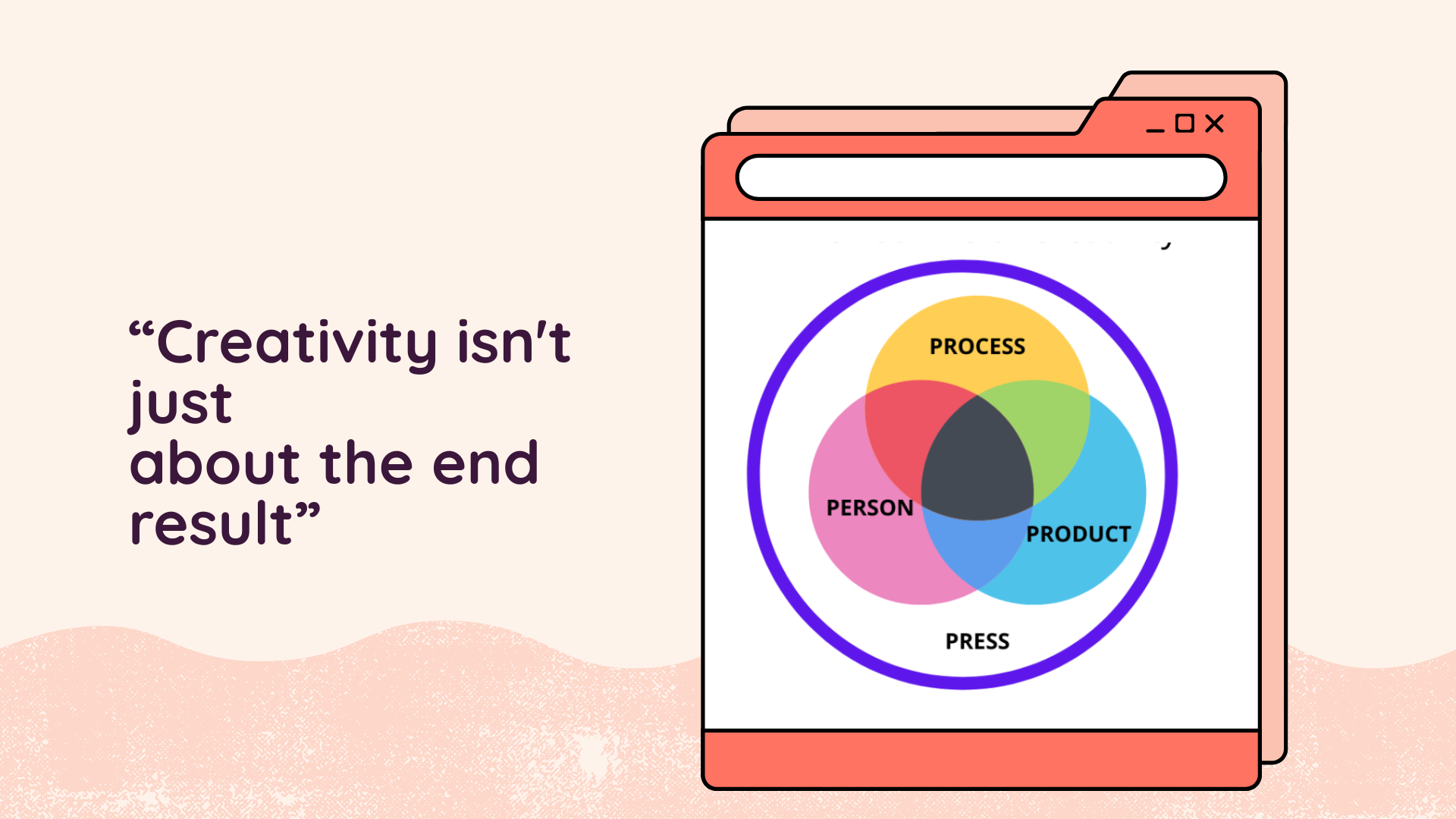
This understanding has implications for how we should view and value artistic expression. Still, more than 60 years later, we focus mainly on the product – the finished song, the completed novel, the exhibited painting. But there is a huge value that lies also in the process itself. When I engage my business students in creative arts-based exercises, I often watch them discover parts of themselves they were not aware.
They're not creating for the sake of becoming professional artists; they're creating for the sake of becoming more attuned human beings.
Neuroscientist Charles Limb's research using fMRI scans has shown that during creative improvisation, the brain's executive control network – the part responsible for conscious self-censorship – actually shuts down, while areas associated with self-expression become hyperactive.
Another study published in Nature involving professional composers looked at which regions of the brain were activated during the ideation in composition process. To create a situation in which no motoric regions were involved, in this study the composers were not given keyboard or any other instrument to lean on. Remarkably, the fMRI showed, that the brains areas normally used for seeing and moving shut down, and instead rerouted that neural “power” to the regions involved with planning end emotion. In essence, the brains stopped focussing on the physical world and instead turned inwards, creating a unique mental state in which musical ideas were combined with emotions. Although the sample size was relatively small, each year brings new exciting discoveries and the increased awareness of the uniqueness of the creative process might bring more funding and thus possibilities for studies with bigger sample sizes.
The effects extend beyond the brain to the entire body. Music composition modulates the autonomic nervous system, leading to measurable changes in heart rate, blood pressure, and hormonal responses. Studies have shown that engaging in musical creation reduces physiological stress markers such as cortisol and adrenaline, while lowering heart rate and blood pressure. This neurological state allows for the kind of authentic emotional expression that is often impossible in our carefully controlled daily lives.
With all that in mind, it doesn’t come as a surprise that the creative process has increasingly being employed as a form of therapy, even though we do not yet fully understand how it happens. For instance, music therapy is now widely used to help individuals cope with stress, anxiety and even biological conditions such as Alzheimer’s disease. What we do know, is that we make music, whether by playing an instrument, singing, or composing, we're engaging our brains at the most abstract level, creating patterns and relationships that exist nowhere else in our daily experience. This cognitive exercise strengthens neural pathways, enhances problem-solving abilities, and provides a unique form of mental stimulation that no other activity can replicate. For example, stroke survivors often participate in group drumming sessions to regain motor skills and improve coordination, while children with autism might use songwriting as a way to express emotions they find difficult to communicate verbally.
The AI shortcut problem
I'll admit, since the beginning of my music producing, I've fantasised about a machine that could plug directly into my brain and download the beautiful music I hear in my head. The disappointment of trying to translate those internal melodies into the sound or notes is a pain I’m sure every creative person knows. And although AI is still far from that promise, it comes close to serve as a quick render of a ready-made product if you are not too fussy.
The struggle isn't a bug in the system; it's a feature.
But that's precisely why we need to resist this seductive shortcut. The struggle isn't a bug in the system; it's a feature. The time I endured by pouring everything into the notes and every other time that we go thru the struggle to express – that is not just the means to an end. That is the healing, the growth and the essence of creativity itself. The process of wrestling with emotions, of finding ways to express the inexpressible, of pushing through creative blocks and technical limitations – this is where the undervalued value of creativity lies.
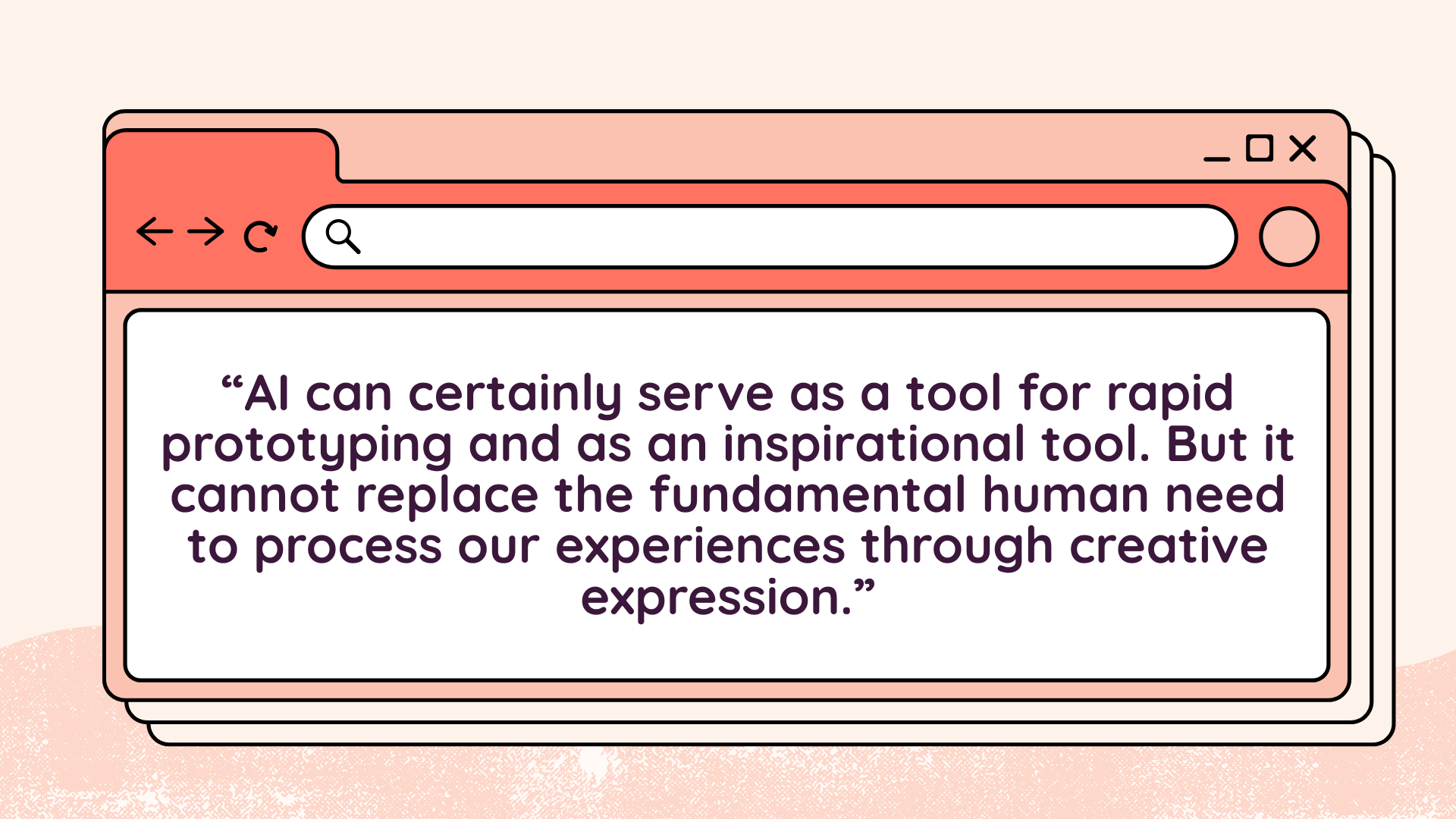
We are facing a cultural moment where efficiency trumps experience, where the destination matters more that the journey. AI can certainly serve as a tool for rapid prototyping and as an inspirational tool. But it cannot replace the fundamental human need to process our experiences through creative expression.
When we fully outsource our creativity, we outsource our emotional development, our cognitive growth, our very essence of humanity. The science of creativity reminds us that some things should not be optimized away. Some things need time. Shakespeare reportedly took years to craft his masterpieces, constantly revising and wrestling with language until it felt right for him. The Beatles spent countless hours in dingy clubs before they revolutionized music. Every creative breakthrough we celebrate was born from struggle, from the willingness to sit with uncertainty and push through the messy middle. This isn't romantic, old fashioned, vintage nostalgia – it's a biological necessity. Our brains need the friction of creative challenge to forge new neural pathways, to process complex emotions, to become more fully human. In our rush to optimize everything, we risk optimizing away the very experiences that make us who we are. Because in the end, it's not only about what humans create – it's about how creating makes us human.


